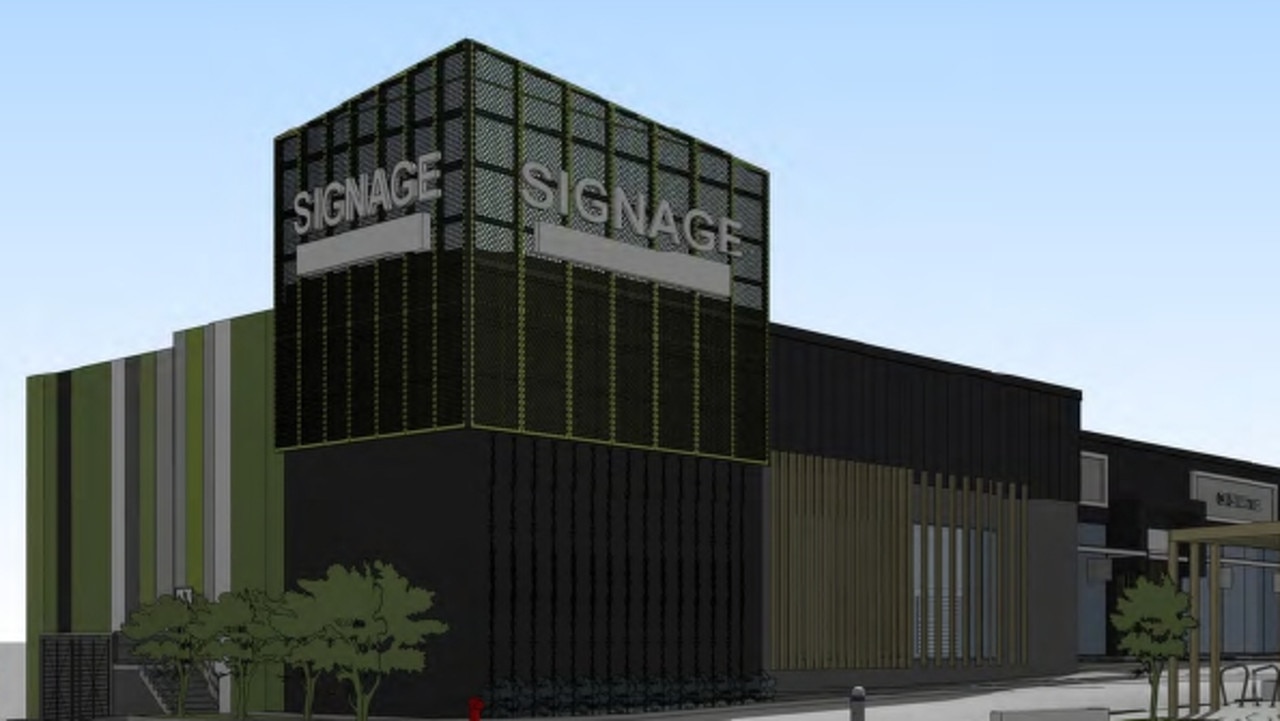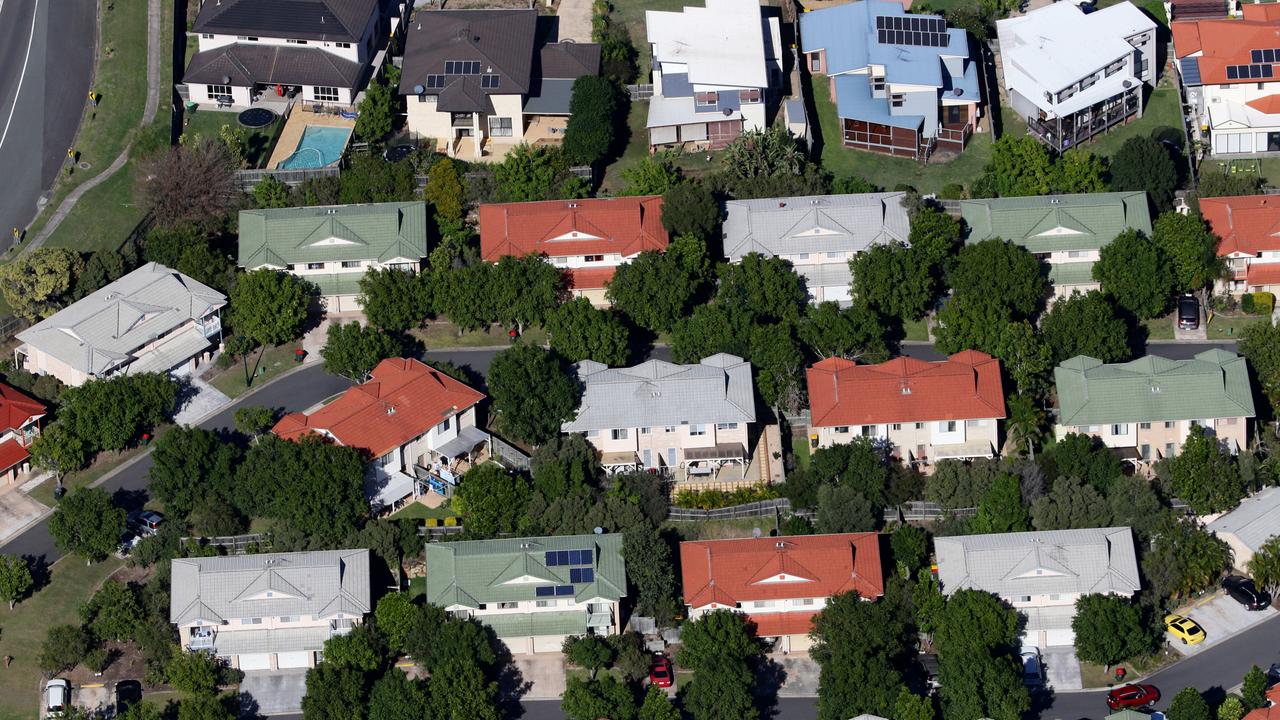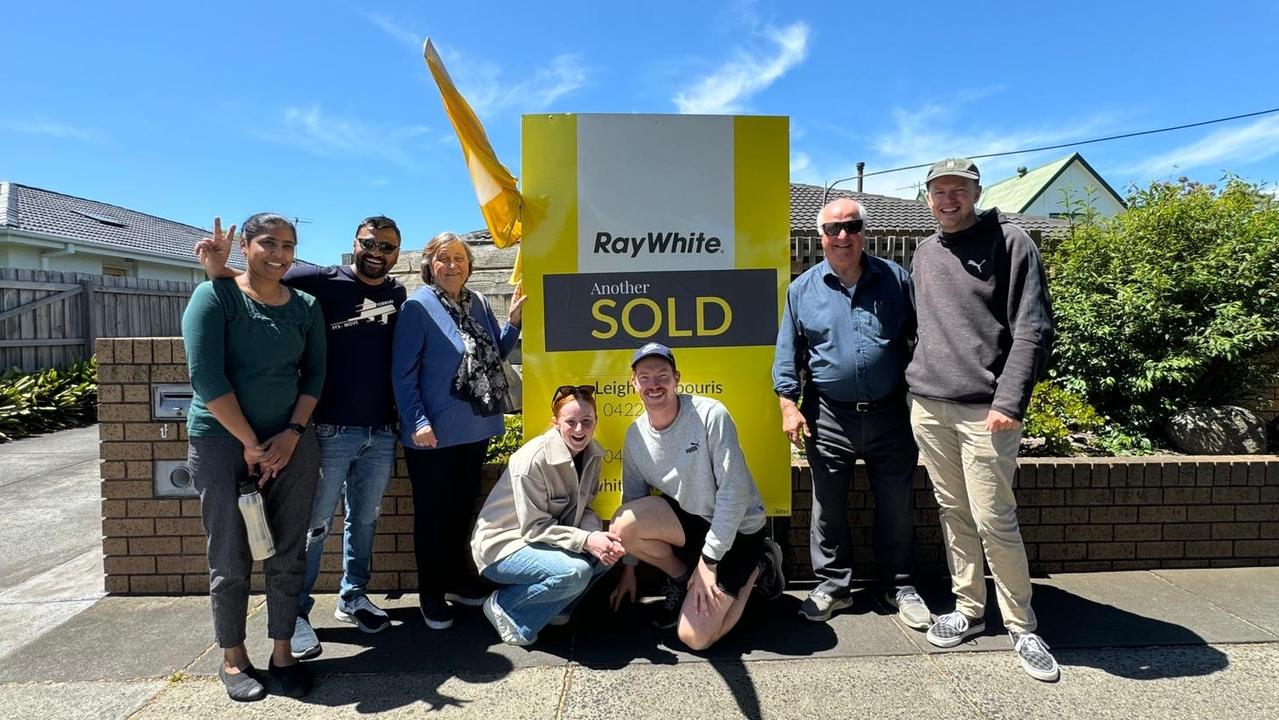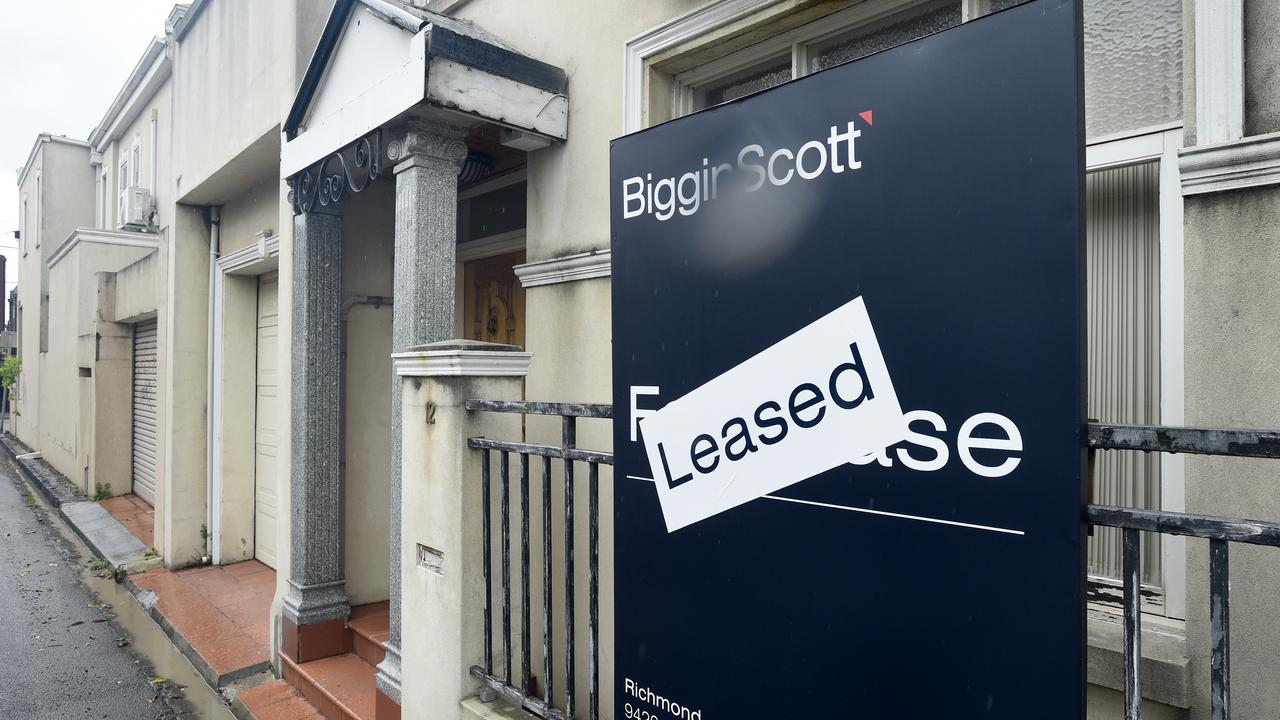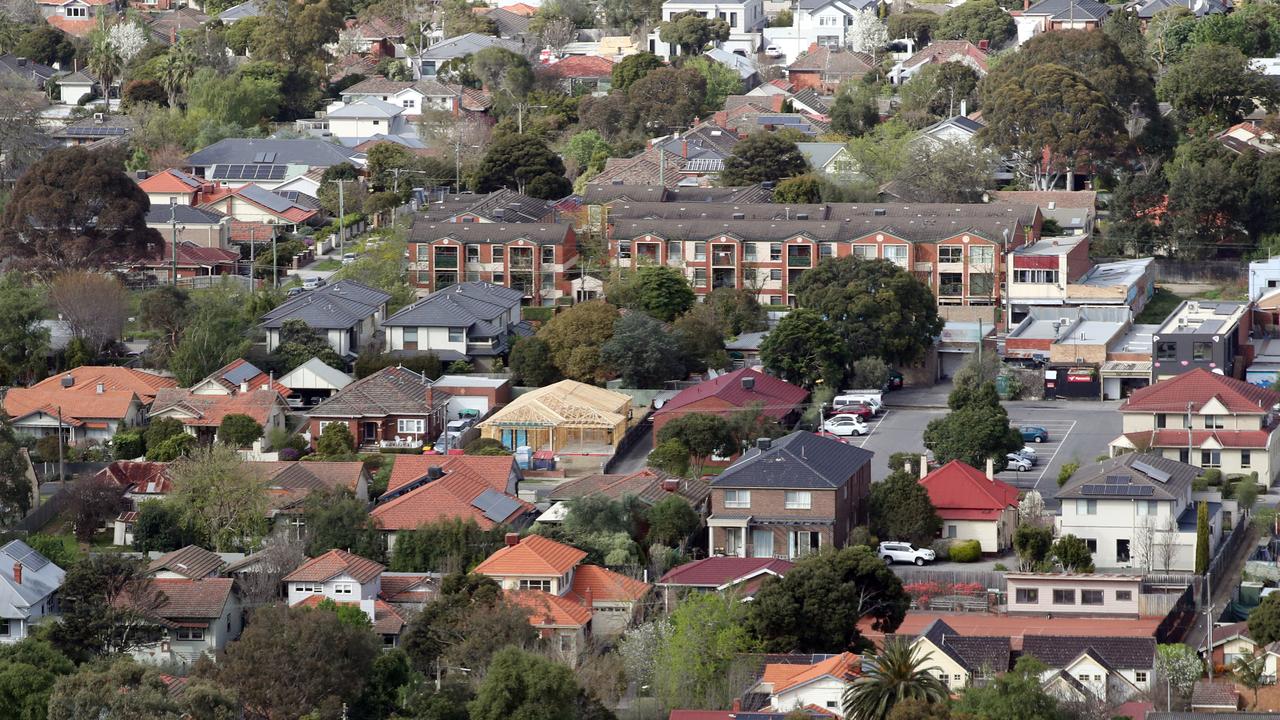‘No more sweetheart deals’: Where rents have risen and fallen in Cairns
Rents have soared by as much as 9.67 per cent in Cairns in just three months, but there are some suburbs where prices have dropped. How does your suburb rank?

Property
Don't miss out on the headlines from Property. Followed categories will be added to My News.
Rents have soared by as much as 9.67 per cent in Cairns in just three months, with tenants in one suburb paying $168 a week more than a year ago.
But a local expert has warned the price hikes could get worse before they get better.
The latest PropTrack Rent Report shows that median weekly asking rents have increased across 11 Cairns suburbs since April, led by Palm Cove where the weekly rent for a house is now $823, up from $750.
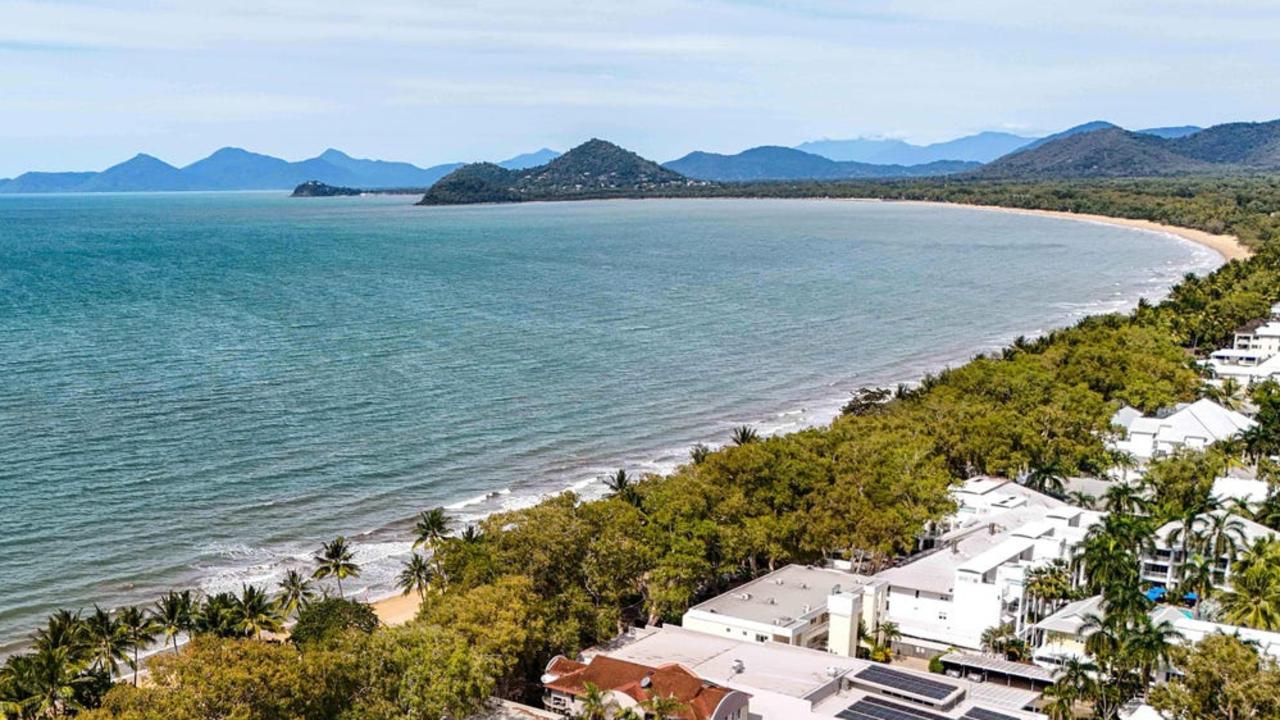
Over the past 12 months, rents in the sought-after beach suburb have soared a staggering 25.57 per cent, up from $655 a year ago.
House rents have also increased in White Rock, Cairns North, Trinity Park, Trinity Beach, Whitfield, Gordonvale, Smithfield, Mooroobool, Bayview Heights and Redlynch during the last quarter.
MORE: The rich list families impacted by Hilton helicopter crash fallout
Qld waterfront locations where it is cheaper to buy than rent
Unaffordable: 10 worst markets ranked
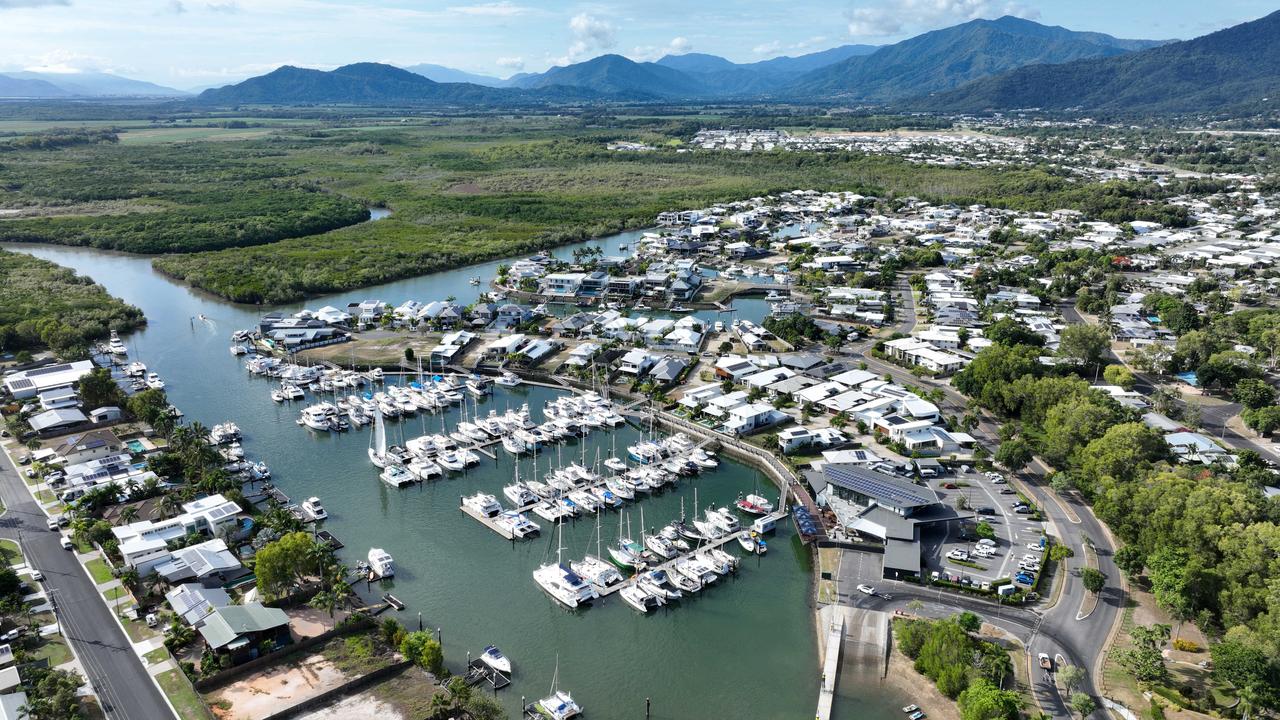
They remained unchanged in Kewarra Beach, Mount Sheridan and Mareeba.
Rents fell in six suburbs, led by Clifton Beach (-9.33%), with the median asking rent for a house now $70 cheapper at $680 a week.
The median asking rent for a house also dropped in Edge Hill (-9.09%), Edmonton (-1.79%), Brinsmead (-1.54%), Bentley Park (-1.29%) and Atherton (-1.16%).
Across the state, rents fell in 236 Queensland suburbs, saving some tenants over $100 a week, but experts have warned that high prices are likely to be the “new norm”.
PropTrack director of economic research Cameron Kusher said the drop in rents in some suburbs was good news for tenants, with many of their metrics showing that the rental pressure was finally easing in some areas.
“We have seen a big increase in investor borrowing which leads to more stock on the market, more first home buyers exiting the market which also frees up rental stock and more people being forced into sharehouses or back home with family because rental affordability is no longer viable for many,” he said.
“Inflation and cost of living is still high, and people just don’t have the capacity to pay some of the rents being asked.”

According to the Residential Tenancies Authority, the median rent for all Queensland dwellings - houses and units combined - is now $580 a week, up from just $350 a decade ago.
But Mr Kusher cautioned that number was likely higher, based on their own analysis of advertised asking prices.
“Anything over $500-plus a week is probably the norm now, definitely,” he said.
The PropTrack data shows that the median asking rent in Queensland ranges from $460 a week in Toowoomba to $740 a week on the Gold Coast.
It is $460 in Townsville, $500 in Cairns and Mackay-Isaac-Whitsunday, $585 in Brisbane and $680 on the Sunshine Coast.
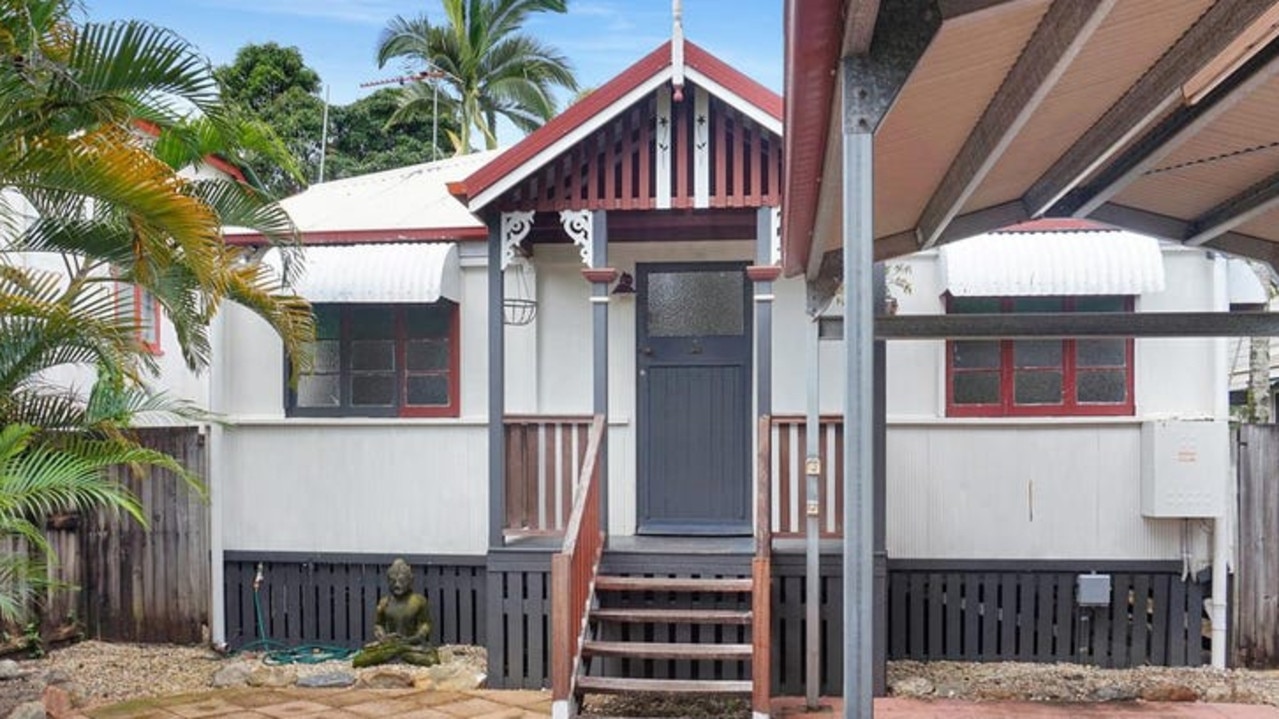
Across the state, the biggest decrease in rents over the quarter was for units in Dalby (-14.29%), while the biggest increase, also for units, was recorded in Rockhampton (+13.75%).
It comes after a new report revealed that vacancy rates held steady across Australia in July, dropping 0.01 percentage pointsto 1.42 per cent.
But the same could not be said for Brisbane, where the vacancy rate fell 0.05 percentage points to 1.16 per cent.
Regional Queensland vacancy rates remained unchanged at 1.27 per cent, slightly below the regional average of 1.28 per cent nationally, according to PropTrack.
Since March 2020, vacancy rates have tanked across Queensland, down 47 per cent in Greater Brisbane and 48 per cent in the combined regions.
According to the REIQ Residential Vacancy Rate Report, the housing situation remains dire in a number of LGA’s, including Cook, Goondiwindi, Charters Towers, Tablelands, Banana, Maranoa, Southern Downs, Maryborough and Central Highlands, where vacancy rates range from effectively zero to 0.5 per cent.
“We know competition is particularly intensified at the highly sought after, more affordable end of the market,” REIQ CEO Antonia Mercorella said.
The vacancy rate in Cairns declined further in the June quarter, down from 0.7 to 0.6 per cent, according to the REIQ.
Meanwhile, SuburbTrends recently revealed that Queensland’s rental pain - income requried to pay rent - was among the worst in the nation.
“The real drivers of this problem are the huge disconnect between population growth and housing supply,” SuburbTrends founder Kent Lardner said.
Queensland Rental Pain Index (RPI) was 83 in July, well above the national RPI of 72.
Woree was among the worst in the state, with a maximum RPI of 100.

Of the 19 unit suburbs analysed across the Cairns region, 10 recorded increases in median rents since April, eight saw falls and one remained unchanged.
The biggest increases were in White Rock (4.35%), Mooroobool (+4.32%, Woree (+2.94%), and Earlville, Manoora and Manunda (+2.78%).
The biggest decreases were in Edge Hill (-6.98%), Yorkeys Knob (-6.15%), Bungalow (-5.26%), Port Douglas (-5.17%) and Clifton Beach (-3%).
REIQ Cairns zone chair Tom Quaid said he was surprised to see any decrease in rents, suggesting that the trend was likely tied to the type of properties that had come onto the market.
“Frankly, given the changes to the legislation (which limits rent increases to one every 12 months and is tied to the property), I suspect we will see much higher increases coming through because if an investor is even thinking about selling, they won’t be keen to do anymore sweetheart deals,” he said.
“I suspect that 5-10 per cent rent increases will be the norm, at least in the short term.”
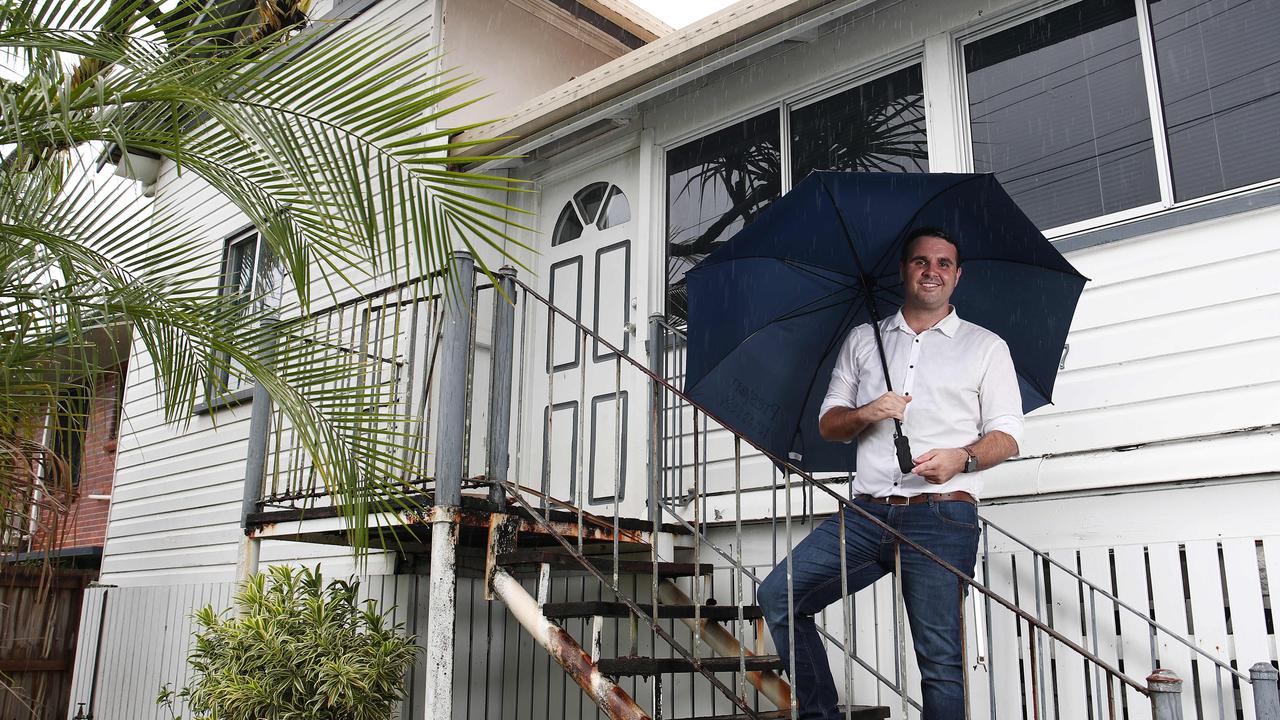
Mr Quaid said that rental supply remained low.
“What we are seeing is that only so many people can afford, say, $800 a week, and people are applying for anything affordable that they can get their hands on, like families submitting for a two-bedroom unit,” he said.
“In a normal market, we would see renters applying for properties more suitable to their needs, but now, they are just going for whatever they can find.”
Mr Quaid said the solution was “the government building a heck of a lot more five years ago”.
“The horse has bolted really, and we will be playing catch-up for a long time,” he said.
More Coverage
Originally published as ‘No more sweetheart deals’: Where rents have risen and fallen in Cairns




